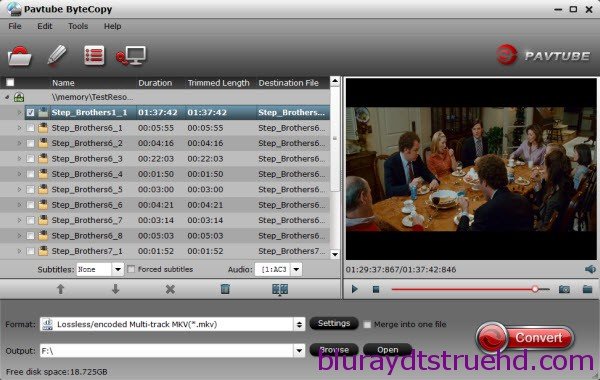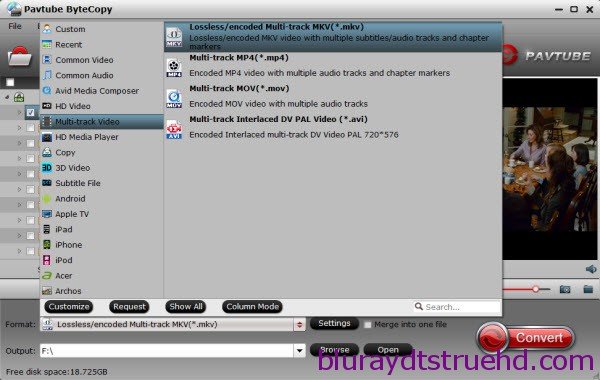It's all about Paul Walker in the seventh installment of the massively successful
street racing series, and that's just fine
The death of Paul Walker in November 2013 cast a pall over the future of the lucrative Fast & Furious franchise, which at that point was already halfway into production on its seventh installment. Walker, the blond-haired, blue-eyed hunk that was one-half dreamboat, one-half boy next door, had played a central role in five of the first six films, along with partner in crime Vin Diesel, and it was unclear how the production could continue despite his untimely departure.

Rating: ***
Directed by James Wan
With Vin Diesel, Paul Walker, Michelle Rodriguez, Jason Statham and Dwayne Johnson
In Fast & Furious 7, the gang’s past catches up with them, as Deckard Shaw (Jason Statham), the brother of the villain in Part 6, decides to takes revenge on his newly deceased sibling by going after Dominic Toretto (Vin Diesel), Brian O’Conner (Walker) and the rest of Toretto’s squad. Along the way, which takes them from Los Angeles to Abu Dhabi and back again, they accumulate allies and foes as the screenplay attempts to layer its thin plot with additional characters.
Director James Wan only mildly accelerates our pulses with his action scenes, most of which have major narrative gaps because it allows the good guy to arrive at the right moment or the bad guy to stand on the right spot, thus concluding a fast sequence of cuts and zooms in a way that resolves the tension but rides roughshod over credibility.
Like the infamous tank-jumping scene in Fast & Furious 6, which was panned by all and derided by most, this latest — and, by the looks of it, final — installment in the franchise has a few scenes that derive their entertainment value from being impossible. Not unlike many 007 films, or even that highway scene in Knight and Day, the film generates pleasure when it goes a little off the rails. One of the biggest laughs, but also one of the highlights, comes about 50 minutes into the film, when Walker makes an impossible jump from a bus dangling over a cliff onto a car as it spins its front end across the abyss to catch him in time.
Another 007-inspired moment, in which a sexy woman steps out of the sea in slow motion while the camera pans from her legs to her face, will be immediately recognizable as a (deliberate) exaggeration and is sure to elicit a good-natured chortle from the audience.
These kinds of scenes — silly at worst and unrealistic at best, but consequently all the more enjoyable — are unfortunately counterbalanced by shoddy camera work (one particular gimmick, repeated many times over, is to attach the camera to a falling body, thus creating the peculiar image of a static center with a dynamic outer core), multiple push-ins on women’s oh-so-unsubtly-exposed buttocks and quick cuts to mask the stand-ins that replaced Walker in post-production: his brothers, Cody and Caleb.
Of course, that last point of criticism will be contentious in the eyes of some, as the film could not have been completed without finding a solution to Walker’s absence. But in at least two fight scenes, we almost never see the characters’ faces, and one of those scenes takes place in a parking garage so dimly lit we are surprised the two men actually succeed in landing a punch. We accept this approach, because even those who have followed just a modicum of celebrity news the past few months would know the film was completed in large part without one of its leads.
This awareness is essential to our appreciation of the final scene, which packs a serious emotional punch as we see the veil being pulled back a little. Diesel doesn't quite break the fourth wall, but there is an unmistakable double farewell of sorts — in the world of the film and in world outside the film. These closing moments are made all the more poignant by our insight into the events behind the scenes and our knowledge that these two actors had shared the same diegesis for nearly a decade and a half.
Fast & Furious 7 is not a great film. Its final action sequence is overlong, story lines are badly cut together, the masking of the absent Walker is at times painfully obvious and some of the performances, like smooth-talking but dimwitted Roman (Tyrese Gibson) or the awkward blond agent Elena (Elsa Pataky), are caricatures that belong in a film with a Roman numeral “VII” attached to it.
However, as a tribute to Walker, who is as captivating at the age of 40 as he was as a 26-year-old, the film is a beautiful eulogy that ensures we remember him as Brian O'Conner, the policeman turned street racer, husband and father, whose friendship with Dominic Toretto grounded him when he needed stability and gave us endless adrenaline-pumping thrills over the years, for which we will be eternally grateful.
Source from here.












